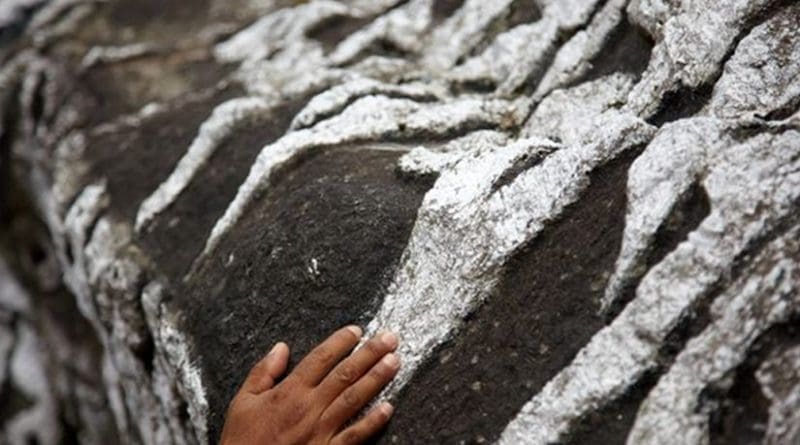Nepal Lockdown Halved Health Facility Births, Increased Stillbirths And Newborn Deaths
The COVID-19 response has resulted in major reductions in health facility births in Nepal and widened inequalities, with significantly increased institutional stillbirth and neonatal mortality, according to a new study in The Lancet Global Health.
The research was led Dr Ashish KC and Nepal colleagues with Uppsala University, Sweden, and the London School of Hygiene & Tropical Medicine. It is the first published study with primary data on the impact of a COVID-19 lockdown on births in hospital, and measuring stillbirths and newborn deaths.
Compared to before lockdown, the number of births in the country’s health institutions reduced by approximately 49.9% with increased inequality by ethnicity. Stillbirth rate in the hospitals increased by 50% from 14 per 1,000 total births before lockdown to 21 per 1,000 total births.
Professor Joy Lawn, co-senior author from the London School of Hygiene & Tropical Medicine, said: “The COVID-19 outbreak has brought unprecedented disruptions to health services, with the risk being highest in resource-limited countries, and to the most vulnerable. Babies can die in minutes if there are delays for safe care. This study provided the first published primary data on the extent of this risk during the COVID-19 lockdowns. So far we have only had snapshots from surveys and modelled estimates.”
Although prioritised as an essential core health service, some surveys indicate that maternal and newborn health services are being affected due to COVID-19 restrictions in low-income and middle-income countries. Both access and quality of care might be deteriorating, risking deaths and reversals of hard-won gains over the past two decades.
Nepal is one of a small number of low-income countries believed to be on track for Sustainable Development Goal targets for maternal and newborn and child health by 2030. Over the last three decades Nepal has reduced maternal mortality by 76%, and newborn mortality by 62%. Future progress is now threatened, and each day lives are at risk.
The first case of COVID-19 was detected in Nepal on January 23, 2020. A countrywide lockdown was announced on March 21, 2020, with directives to frontline health-care providers to prepare for cases, and disruptions in the health system and more widely, for example to transport systems.
This study involved around 22,000 births in Nepal in nine hospitals across all seven provinces, including 11% of all births nationally, and covered 12.5 weeks before the national lockdown and 9.5 weeks during the lockdown. Very detailed data, including observations, were being collected as part of a national study on improving quality of care at birth.
As well as a halving of the numbers of institutional births, the research teams found the risk of neonatal death increased more than 3-fold, from 13 per 1,000 livebirths to 40 per 1,000 livebirths during lockdown.
Joy Lawn said: “The findings suggest that the national lockdown in Nepal has had a major impact on women and babies through travel restrictions, fear of going to hospitals due to COVID-19, with more complex cases in facilities, delays and reduced quality of care.
“Preterm birth and caesarean section rates rose, and quality of care also fell, notably intrapartum fetal heart rate monitoring and breastfeeding within one hour of birth. One positive finding from our study was that we did see improvements in hand hygiene practices of health workers during childbirth.”
“Undoubtedly countries face very tough choices on how to combat COVID-19. However, our findings raise questions on policies regarding strict lockdowns in low-income and middle-income countries during outbreaks. Collateral effects seem to be much more severe than the actual direct effects of SARS-CoV2 infection, especially so for the most vulnerable in our society, pregnant women and babies. More data are needed, but even more importantly, more action now to protect these services.”
The authors acknowledge limitations of our study, including that they did not explore the prevalence or the direct impact of COVID-19 on health outcomes. None of the women admitted to the hospital were tested for COVID-19, but the prevalence of COVID-19 among the study population then was likely to be very low.

